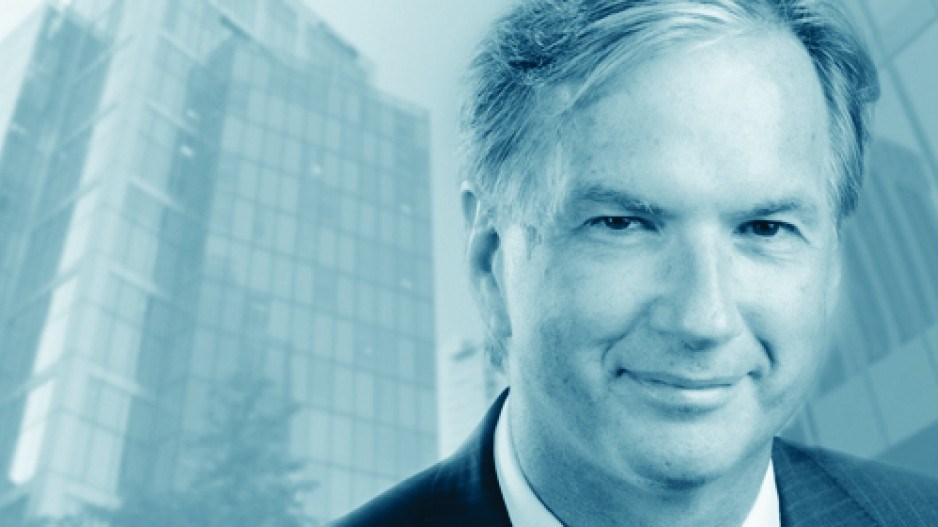Wave the white flag. Surrender. Another tax is coming.
It could come in three or four years, possibly five, most likely six, maybe even seven. It could be three or four dollars a day for drivers, maybe five or six or seven or eight.
But on the basis of the work by the political, business and transit leadership of the region under a Mobility Pricing Commission, we need to prepare for the inevitable day when driving from point A to point B will be pointedly more expensive.
Last week’s final report from the provincially appointed commission didn’t lack evidence, argumentation or confidence in two possible concepts.
The first option would charge as you pass through certain congestion points and vary according to when you travel; this is a $5-to-$8-a-day scheme. The second would charge by distance travelled through these choke points; this is a $3-to-$5-a-day scheme. The technology seems more ready for the first option, so the opportunity to launch that tax is more available.
But we’re still years and many political decisions away.
What was clear from the report is that mobility pricing is not just a tax to pay for transit investment. This is an element of social engineering writ large: a behavioural initiative to tell us when and when not to get into our cars and trucks, and even where we will live and work.
For most political leaders, this is the stuff of tripwires, landmines and unintended consequences. They’d better bring their A-games as they choose the path.
Optimally, I agree, it can help finance the infrastructure improvements that will let us live where it is more affordable and work where it has become more accessible. If people behave the way as planned, the drives will save a bit of time in exchange for a bit of money. Along the way, we earn a few environmental brownie points.
The devil is in the details, and there are many: equitability issues for ages and incomes and locales, a schedule of introduction to align with transit improvements, and perhaps even some technology challenges.
“Getting those signals right can lead to positive outcomes for everyone,” the 378-page report says. “Getting them wrong will cause multiple problems.”
You betcha.
For one, I’m having a hard time calling a road tax a “decongestion charge,” because I have a hard time accepting that it will take significant numbers off the road in the absence of an acceptable alternative – and there won’t be one in five or six or seven or eight years. Our transit build-out is not going to be up to the task of alleviating the crunch of today, much less the presumed one of tomorrow. This will take before it fully gives.
What I also suspect is that we’re going to at some point have a provincial tax revolt, particularly if the economy dips. The recent layering of federal and provincial taxes on the middle- and upper-income British Columbians is profuse. The political assumptions – or arrogance, I suppose – suggests that there is more water in the well.
Thus there is no relief in sight – indeed, more is to come – and this measure is going to reach into a driver’s pocket for somewhere between $1,000 an $3,000 a year. Add to that the likelihood of insurance premium increases for several years to restore a broken system, and it’s fair to say we are not bound for a trip to Pleasantville.
What is fair to say, though, in the reading of the report is that few take particular delight in the exercise. The commission is trying to make the best of an imperfect situation, in particular a repeated kicking of the can down the road on how to find revenue to look after what we know are much-needed remedies for drivers and public transit passengers alike. That being said, it still kicked the can down the road a bit – to more feasibility-studying and phased decision-making, all underscored by public dialogue galore.
On one point in the report, we can all agree: “We cannot leave our region at a standstill.”




